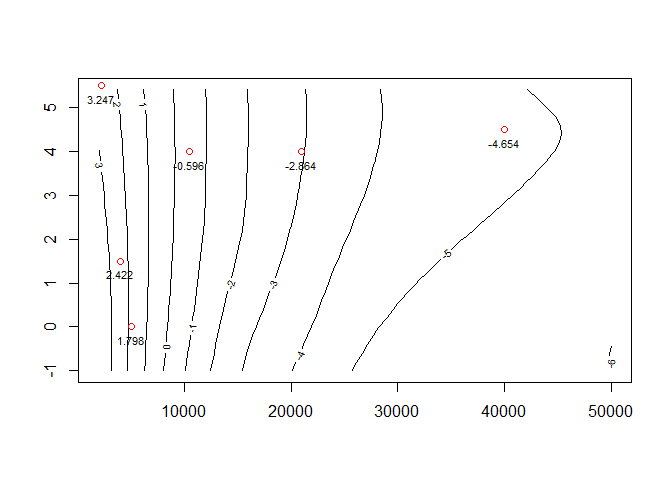I have a data frame that looks like this:
Teff logg M_div_H U B V R I J H K L Lprime M
1: 2000 4.00 -0.1 -13.443 -11.390 -7.895 -4.464 -1.831 1.666 3.511 2.701 4.345 4.765 5.680
2: 2000 4.50 -0.1 -13.402 -11.416 -7.896 -4.454 -1.794 1.664 3.503 2.728 4.352 4.772 5.687
3: 2000 5.00 -0.1 -13.358 -11.428 -7.888 -4.431 -1.738 1.664 3.488 2.753 4.361 4.779 5.685
4: 2000 5.50 -0.1 -13.220 -11.079 -7.377 -4.136 -1.483 1.656 3.418 2.759 4.355 4.753 5.638
5: 2200 3.50 -0.1 -11.866 -9.557 -6.378 -3.612 -1.185 1.892 3.294 2.608 3.929 4.289 4.842
6: 2200 4.50 -0.1 -11.845 -9.643 -6.348 -3.589 -1.132 1.874 3.310 2.648 3.947 4.305 4.939
7: 2200 5.50 -0.1 -11.655 -9.615 -6.279 -3.508 -0.997 1.886 3.279 2.709 3.964 4.314 4.928
8: 2500 -1.02 -0.1 -7.410 -7.624 -6.204 -3.854 -1.533 1.884 3.320 2.873 3.598 3.964 5.579
9: 2500 -0.70 -0.1 -7.008 -7.222 -5.818 -3.618 -1.338 1.905 3.266 2.868 3.502 3.877 5.417
10: 2500 -0.29 -0.1 -6.526 -6.740 -5.357 -3.421 -1.215 1.927 3.216 2.870 3.396 3.781 5.247
11: 2500 5.50 -0.1 -9.518 -7.575 -5.010 -2.756 -0.511 1.959 3.057 2.642 3.472 3.756 4.265
12: 2800 -1.02 -0.1 -7.479 -7.386 -5.941 -3.716 -1.432 1.824 3.259 2.812 3.567 3.784 5.333
13: 2800 -0.70 -0.1 -7.125 -7.032 -5.596 -3.477 -1.231 1.822 3.218 2.813 3.479 3.717 5.229
14: 2800 -0.29 -0.1 -6.673 -6.580 -5.154 -3.166 -0.974 1.816 3.163 2.812 3.364 3.628 5.093
15: 2800 3.50 -0.1 -8.113 -6.258 -4.103 -2.209 -0.360 1.957 2.872 2.517 3.219 3.427 4.026
16: 2800 4.00 -0.1 -7.992 -6.099 -3.937 -2.076 -0.230 1.907 2.869 2.480 3.227 3.424 4.075
17: 2800 4.50 -0.1 -7.815 -6.051 -4.067 -2.176 -0.228 1.920 2.877 2.503 3.212 3.428 4.000
18: 2800 5.00 -0.1 -7.746 -6.018 -4.031 -2.144 -0.176 1.907 2.883 2.512 3.216 3.430 4.023
19: 3000 -0.70 -0.1 -7.396 -6.995 -5.605 -3.554 -1.293 1.787 3.172 2.759 3.474 3.588 5.052
20: 3000 -0.29 -0.1 -6.966 -6.565 -5.179 -3.249 -1.035 1.772 3.136 2.764 3.388 3.533 4.978
Here is the link to the entire data frame: https://www.dropbox.com/s/prbceabxmd25etx/lcb98cor.dat?dl=0
Notice, for example, how every V value has a unique Teff, logg combination. We can think of all the (Teff, logg) combinations as grid points.
Now, let's say I have two values that make up an input point:
input_Teff = 2300
input_log_g = 3.86
From the input values, I would like to interpolate a value for V, such that when I plot V as a function of some independent variable, V is continuous instead of a series of discrete values. Is there a way to do this in R?
